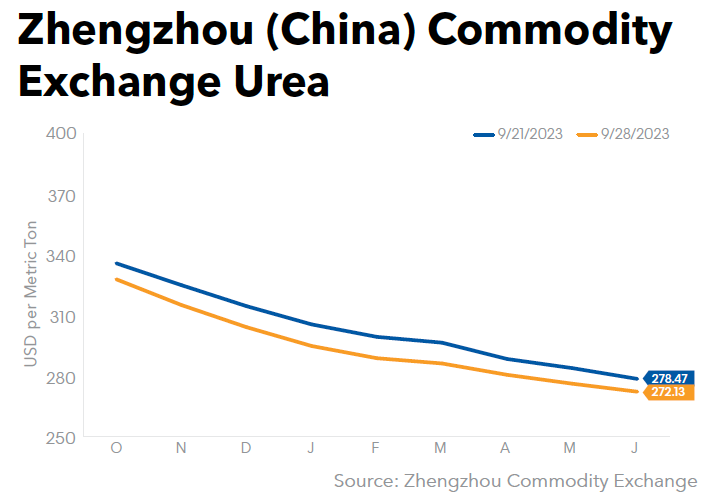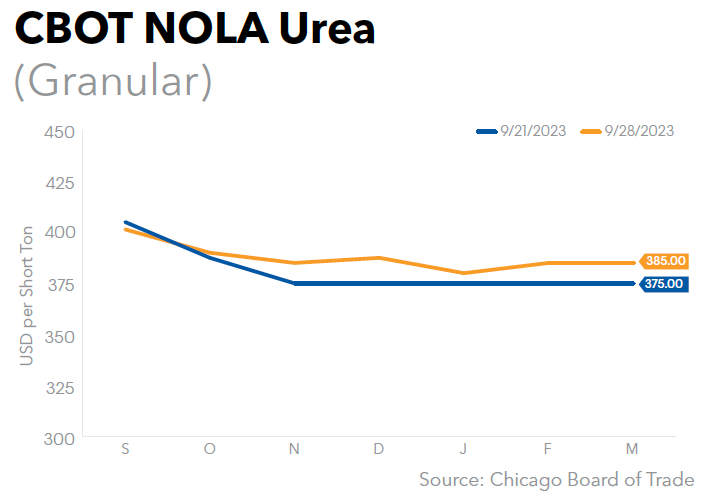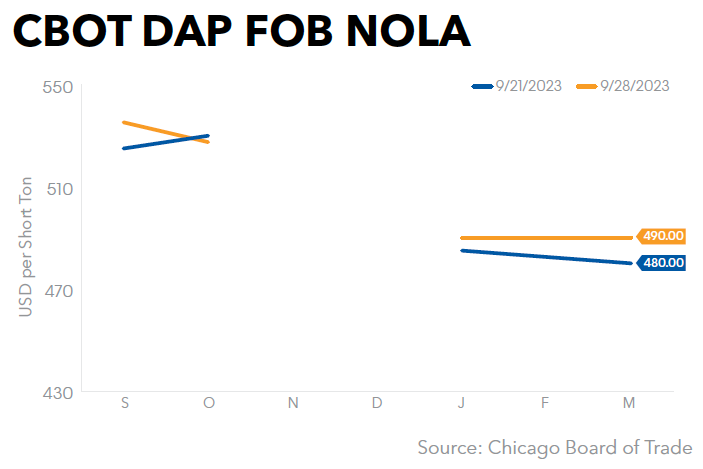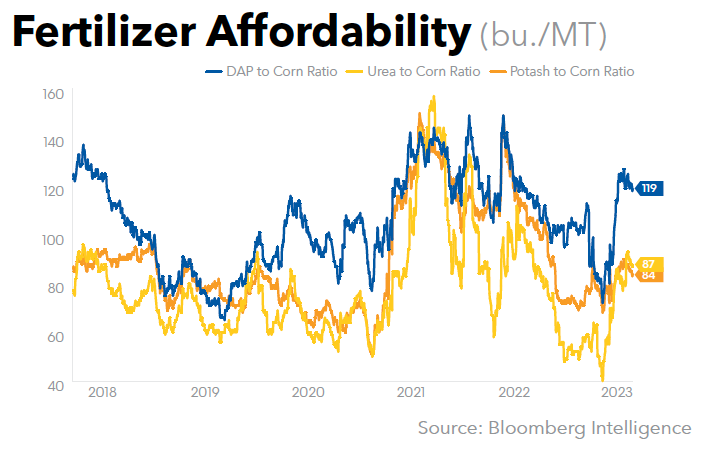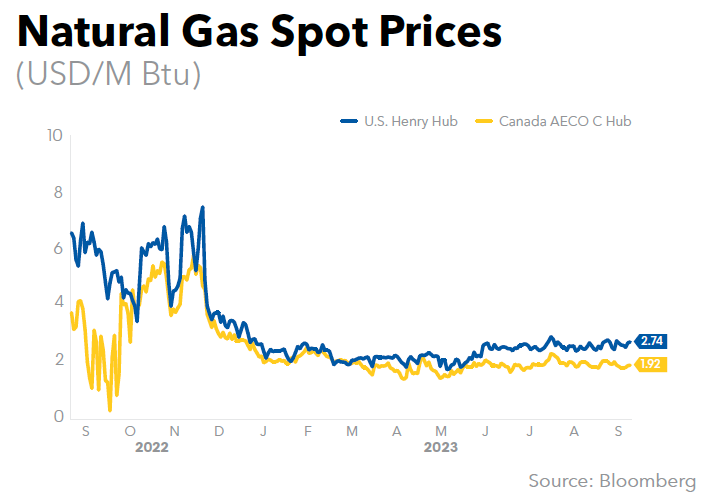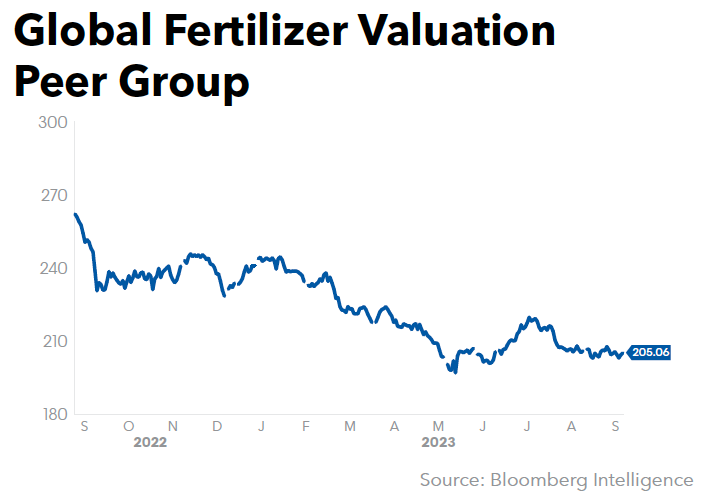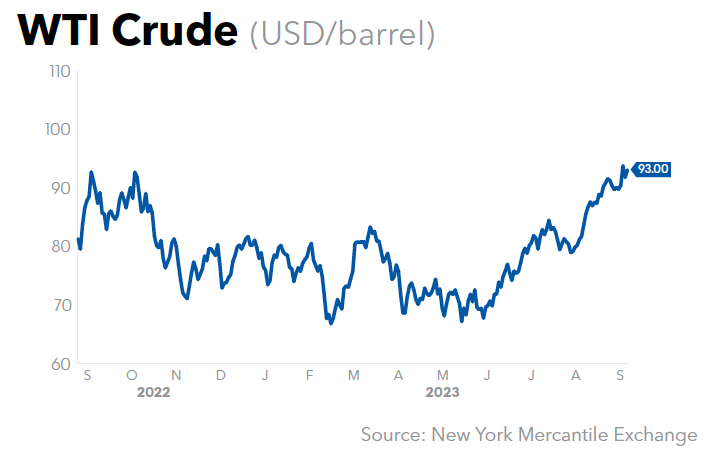India Spat Spills into Boardroom of Canadian Fertilizer Company
For even some of the smallest Canadian companies with ties to India, day-to-day business has been complicated by a worsening diplomatic feud between the two countries (GM Sept. 22, p. 1), according to a Bloomberg report.
Fertilizer junior Karnalyte Resources Inc. abruptly canceled plans to meet with its Indian Board Members as the governments of Canada and India trade barbs over the killing of a Sikh leader on Canadian soil. The Saskatoon-based company, which has floated plans for both a potash mine and nitrogen plant, counts two Indian executives and one Indian banker among its Board members.
“We were preparing to welcome our Board colleagues from India for a visit to Canada this week, but they cancelled their trip due to the tensions that arose and quickly escalated last week,” Karnalyte’s Interim CEO Danielle Favreau said in an email. “We hope to be able to reschedule their visit soon.”
Gujarat State Fertilizers & Chemicals Ltd., one of India’s largest fertilizer and industrial chemicals manufacturing companies, is also one of Karnalyte’s largest shareholders. Should Karnalyte’s proposed potash mine start producing, most of its output will go to the state-owned Indian firm.
Karnalyte’s Chairman is Vishvesh Nanavaty, who is also Gujarat State Fertilizer’s CFO, while Director Dilip Pathakjee works as a Senior Vice President for the Indian firm, according to the Canadian company’s website. Another Karnalyte Board member, D.C. Anjaria, is from India and has international banking experience.
Karnalyte’s long-proposedWynyard Potash Project in Saskatchewan, which dates to at least 2011 (GM Feb. 14, 2011), would have Phase 1 production of 625,000 mt/y of granular potash, with two subsequent phases taking total production up to 2.125 million mt/y (GM Feb. 4, 2022). Karnalyte has also explored the development of a small-scale nitrogen project that would produce 700 mt/d of ammonia and 1,200 mt/d of urea, which would target independent fertilizer wholesalers in central Saskatchewan.
The diplomatic standoff threatens to further spill over into Canada’s and India’s economies. A proposed early-stage trade deal is in jeopardy, potentially hurting India’s efforts to woo the West and serve as a supply-chain alternative to China. Indian students may start avoiding Canada for higher education after New Delhi issued a safety advisory for “anti-India” activities. This could affect a sector that brings in about C$22 billion ($16.3 billion) annually in revenues for Canada.
Both nations have already expelled senior diplomats from the other side in a tit-for-tat escalation. Canada plans to reduce embassy staff as security threats rise in the South Asian country, while New Delhi stopped issuing visas to Canadian citizens.
The Sikh community is but one part of vast and complex human and commercial ties between the two countries, encompassing hundreds of thousands of Indian students, a few billion dollars in bilateral trade, and significant Canadian investments in Indian businesses.
Canadian entities over the past decade have invested tens of billions of dollars in Indian public equities, real estate, and most recently green energy. Any slowdown in that momentum will come at a time when global foreign direct investment (FDI) flows are running low, especially in India.
Despite these concerns and the issue at Karnalyte, the conflict did not stop two new Canada-India business deals from happening this past week, according to Bloomberg.
Canadian private equity firm Brookfield Asset Management signed its second partnership with Indian renewable energy company Axis Energy Ventures to develop projects in the country for as much as $845 million. The two will seek to provide clean energy solutions to a range of clients, including government entities, corporations, and green hydrogen producers, the companies said in a joint Sept. 28 statement. Axis will put its existing projects in the new venture, while Brookfield will provide the investment.
The two are counting on India’s rapidly growing market for clean energy, as the fossil fuels-dependent economy seeks to meet its climate targets. The government’s goal to expand green power capacity nearly three-fold, to 500 gigawatts by the end of this decade, has attracted investments from a range of overseas investors, including Brookfield, although the flow of capital must increase substantially for the nation’s goals to materialize.
Brookfield said it already has more than 16 gigawatts of renewable projects in operation or in the works in India. It had collaborated with Hyderabad, India-based Axis previously to develop 1.8 gigawatts of solar and wind assets.
In addition, India’s Uno Minda Ltd. reported on Sept. 28 that it raised its stake in joint venture Minda Westport Technologies, from 50% to 76%. The jv with Vancouver-based Westport Fuel Systems will make hydrogen components. West Fuel makes fuel systems and components that allow engines to run on gaseous forms of fuel such as CNG, LNG, and LPG, rather than liquid petroleum.
